Insights from the Space Mice: Unveiling the Mysteries of Long-Term Space Travel
A historic mission has brought back invaluable insights into the effects of long-term space travel on living organisms. After spending a record-breaking 91 days aboard the International Space Station (ISS), three resilient mice have returned to Earth, providing critical data that could transform our understanding of space travel’s impacts on the body. This pioneering research could not only ensure the safety of future astronauts but also lead to groundbreaking medical advancements on Earth. Here’s what their journey reveals.
Unveiling the Thyroid’s Ageless Potential
One of the most fascinating discoveries revolves around the thyroid gland. This vital organ regulates metabolism and hormone sensitivity, but its efficiency typically diminishes with age. The space mice presented an anomaly: their thyroid follicles were uniform in size, unlike Earth-bound mice whose thyroids exhibit smaller follicles centrally and larger ones around the edges.
What Does This Mean?
Maria Masini and her team at the University of Genoa observed a higher number of thyroid-stimulating hormone receptors in these space travelers, suggesting enhanced thyroid activity even in adulthood (PLoS One, DOI: 10.1371/journal.pone.0035418).
Implications on Earth
This finding implies that spaceflight could potentially slow thyroid aging. Understanding the mechanism behind this follicle uniformity might help develop interventions to counter thyroid aging here on Earth. Future research aims to explore how these adaptations occur and whether similar protective measures can be designed for terrestrial use.
Tackling Space-Flight Anaemia
Astronauts often suffer from space-flight anaemia, characterized by a 10% drop in red blood cell count and plasma volume. To investigate, researchers analyzed the levels of thiobarbituric acid reactive substances (TBARS) in the mice’s red blood cells.
What Did They Find?
TBARS, byproducts of reactive oxygen species (ROS), were significantly elevated in space-traveling mice compared to their Earth-bound counterparts. ROS, triggered by radiation exposure, damages cell walls, fats, proteins, and DNA (PLoS One, DOI: 10.1371/journal.pone.0032361).
A Potential Solution
The study suggests that an antioxidant-rich diet could mitigate these damaging effects. Antioxidants neutralize ROS by donating electrons, preventing them from wreaking havoc on cellular structures. Incorporating such diets into astronaut regimens might offer a practical way to counteract space-induced anaemia.
Radiation’s Assault on Reproductive Health
Space travel presents unique challenges for reproductive health, especially due to radiation exposure. Joseph Tash from the University of Kansas emphasizes that solar flares, which release large amounts of radiation, can severely damage reproductive tissues.
Impact on Male Fertility
The space mice experienced a 90% drop in sperm production during their mission, although they retained limited capability to produce mature sperm (PLoS One, DOI: 10.1371/journal.pone.0035418). Factors like microgravity, which increases testicular temperature by pulling them closer to the body, may compound this issue. Stress induced by the space environment might also contribute.
Recommendations for Astronauts
Given these findings, male astronauts should consider preserving healthy sperm samples before embarking on space missions. The effects on female fertility remain unclear, warranting further exploration. Addressing these challenges is crucial for long-term missions and potential colonization efforts.
Muscle Adaptation in Microgravity
Microgravity poses a significant challenge to the musculoskeletal system. Without Earth’s gravity to support movement, astronauts experience muscle loss, particularly in slow-twitch fibers responsible for maintaining posture.
What Happened in Space?
Studies showed that astronauts lost up to 30% of their slow-twitch muscle fibers during missions lasting 5 to 11 days. However, mice aboard the ISS demonstrated a surprising adaptation: after initial deterioration, their posture-maintaining muscles stabilized within weeks (PLoS One, DOI: 10.1371/journal.pone.0033232).
Implications for Future Missions
Stefano Schiaffino from the Venetian Institute of Molecular Medicine suggests that muscle tissue’s adaptability might protect astronauts on longer missions. However, both slow- and fast-twitch muscles exhibited stress markers. Understanding how to shield fast-twitch fibers might pave the way for comprehensive muscle protection strategies.
The Bone Challenge: Mitigating Microgravity’s Impact
Bone health is another critical concern in space. Weight-bearing bones, underutilized in microgravity, weaken as they break down faster than they regenerate. This effect poses a significant risk for astronauts during extended missions.
Breakthrough in Bone Preservation
Sara Tavella and her team genetically modified some of the space mice to produce extra bone-development proteins. These modified mice exhibited minimal bone loss—only 3% of their spinal bone mass—compared to a staggering 41.5% loss in non-modified mice (PLoS One, DOI: 10.1371/journal.pone.0033179).
Future Applications
Tavella hopes similar proteins could be used to safeguard astronaut bone health. Such interventions could also benefit individuals on Earth suffering from bone-related conditions like osteoporosis.
The Big Picture: Preparing for Long-Term Space Travel
The mice’s journey highlights the complex interplay between microgravity, radiation, and biological adaptation. These findings underscore the need for holistic approaches to address the challenges of extended space missions.
Integrated Solutions for Human Spaceflight
1. Dietary Innovations: Incorporating antioxidant-rich foods to combat radiation damage.
2. Medical Advances: Developing treatments to slow thyroid aging and preserve muscle and bone health.
3. Reproductive Safeguards: Establishing protocols for preserving fertility under space conditions.
Earthly Benefits
Many of these insights have implications beyond space exploration. Slowing organ aging, mitigating anaemia, and preventing muscle and bone deterioration could revolutionize healthcare on Earth, particularly for aging populations and those with chronic conditions.
Looking Ahead: The Next Frontier
As humanity sets its sights on Mars and beyond, the lessons from this mission serve as a vital foundation. The resilience of these tiny pioneers reminds us of the adaptability of life and the endless possibilities of science. From understanding thyroid function to safeguarding reproductive health, each discovery brings us closer to realizing the dream of sustainable space exploration.
In the words of Maria Masini, “Spaceflight offers a unique lens to understand and overcome biological challenges, both in orbit and on Earth. The journey is just beginning.”

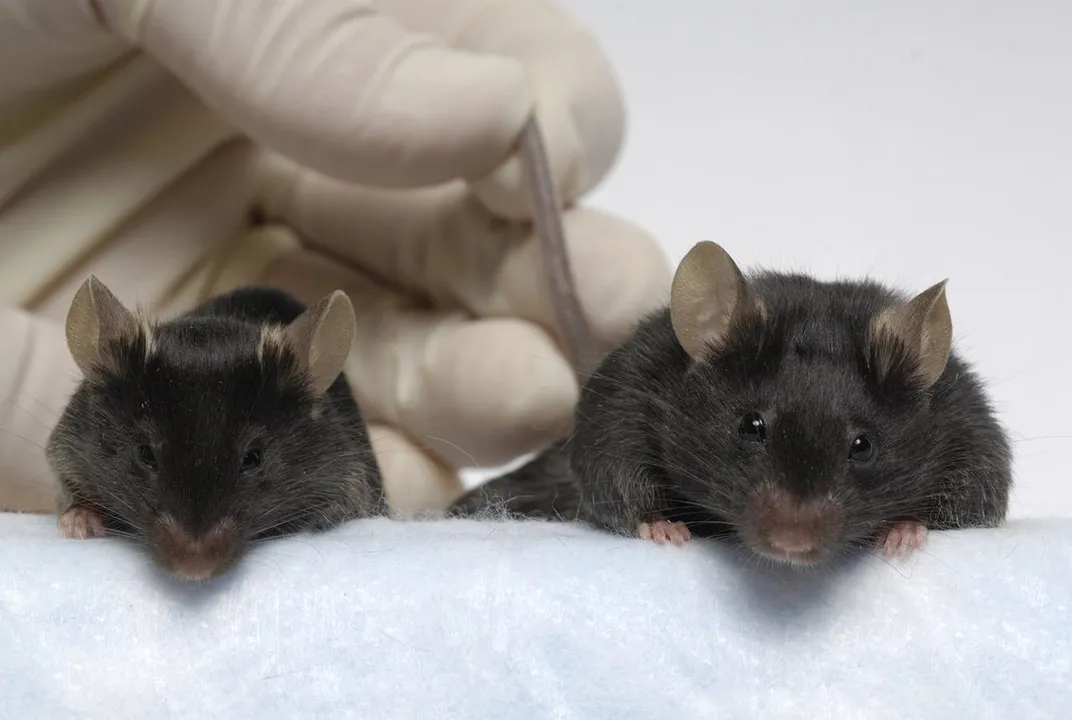




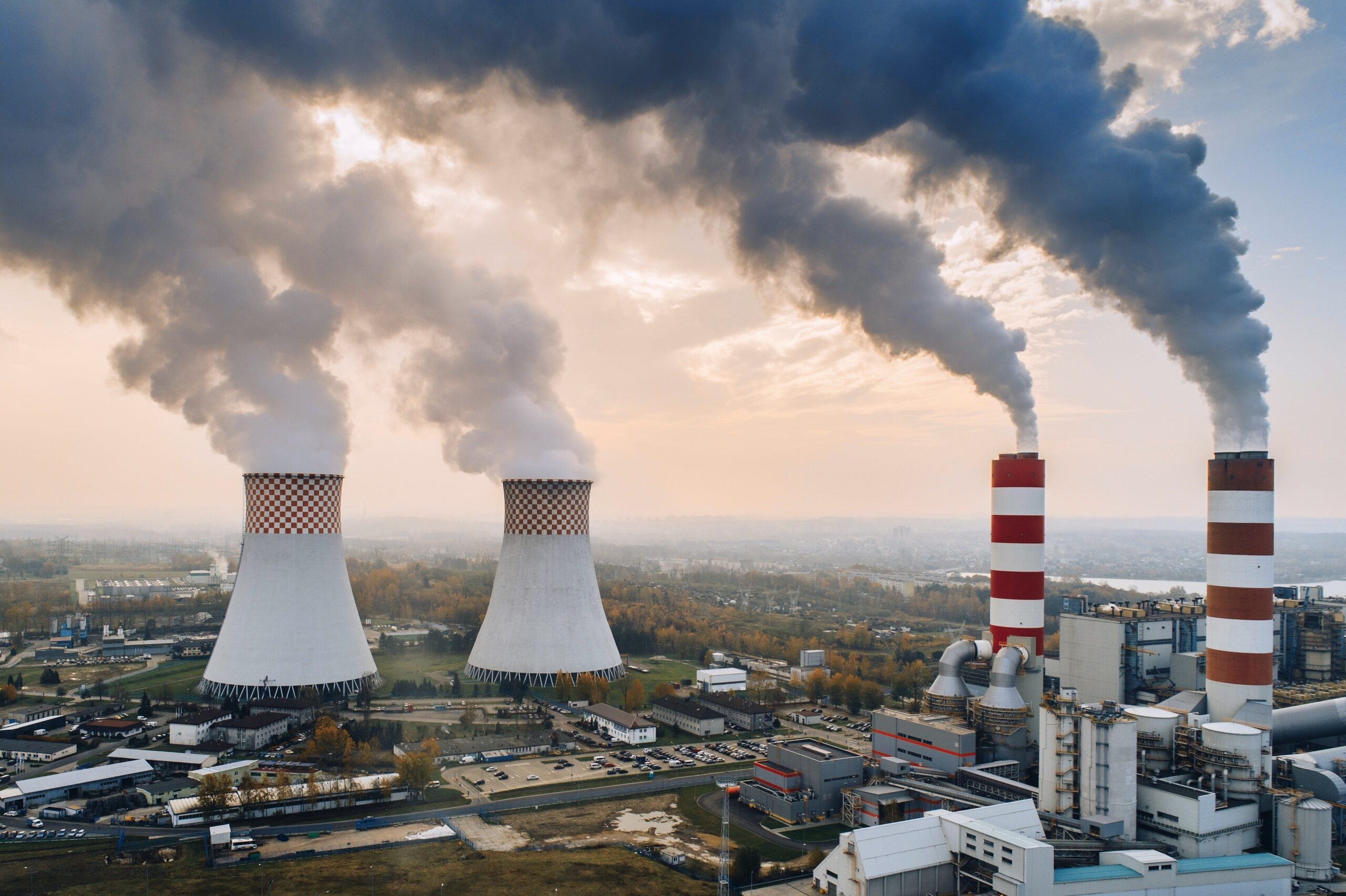





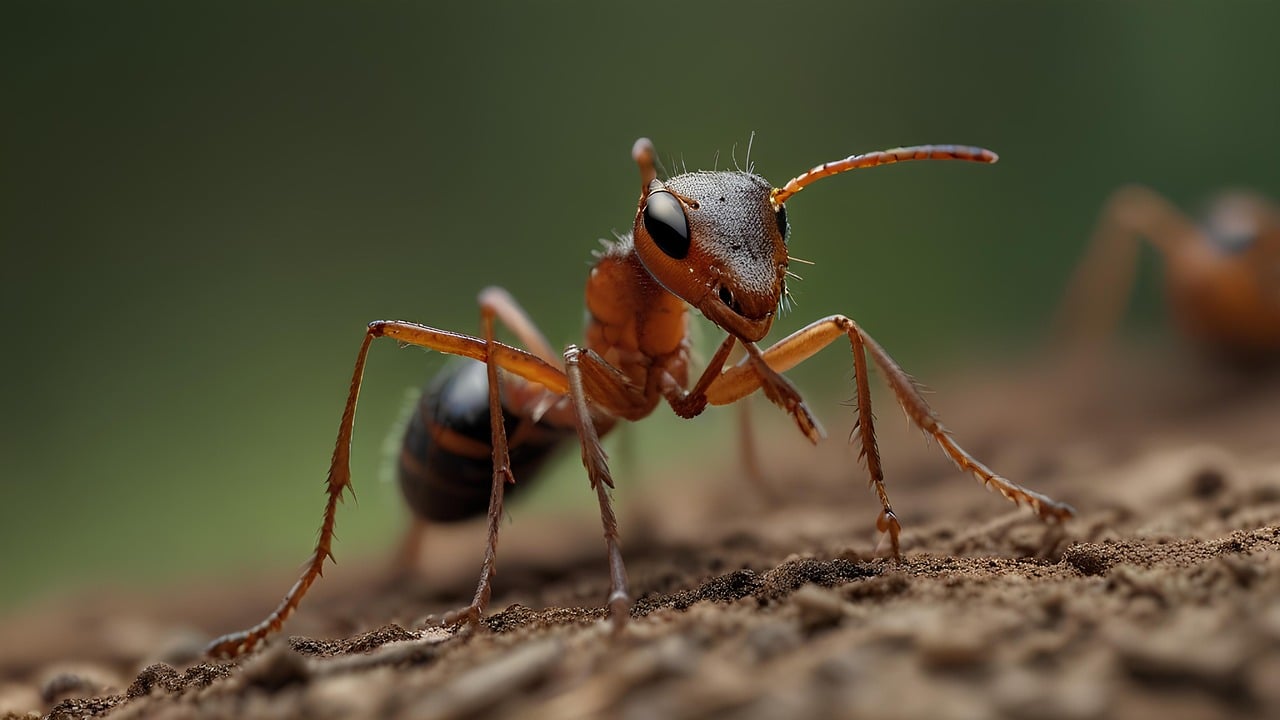




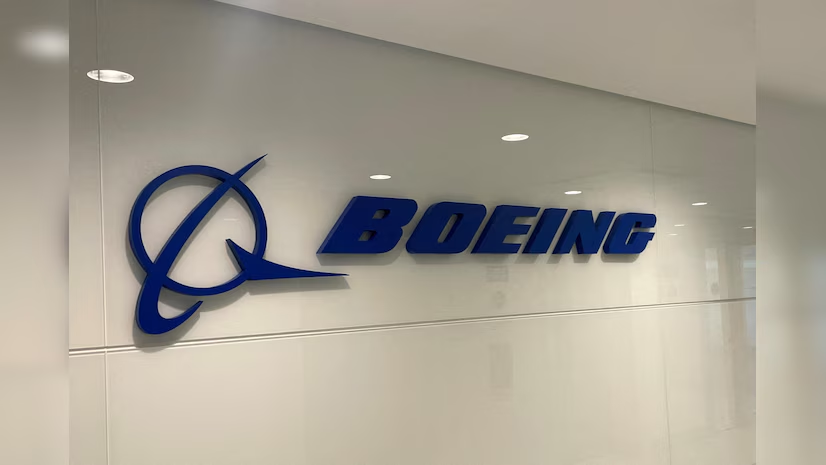
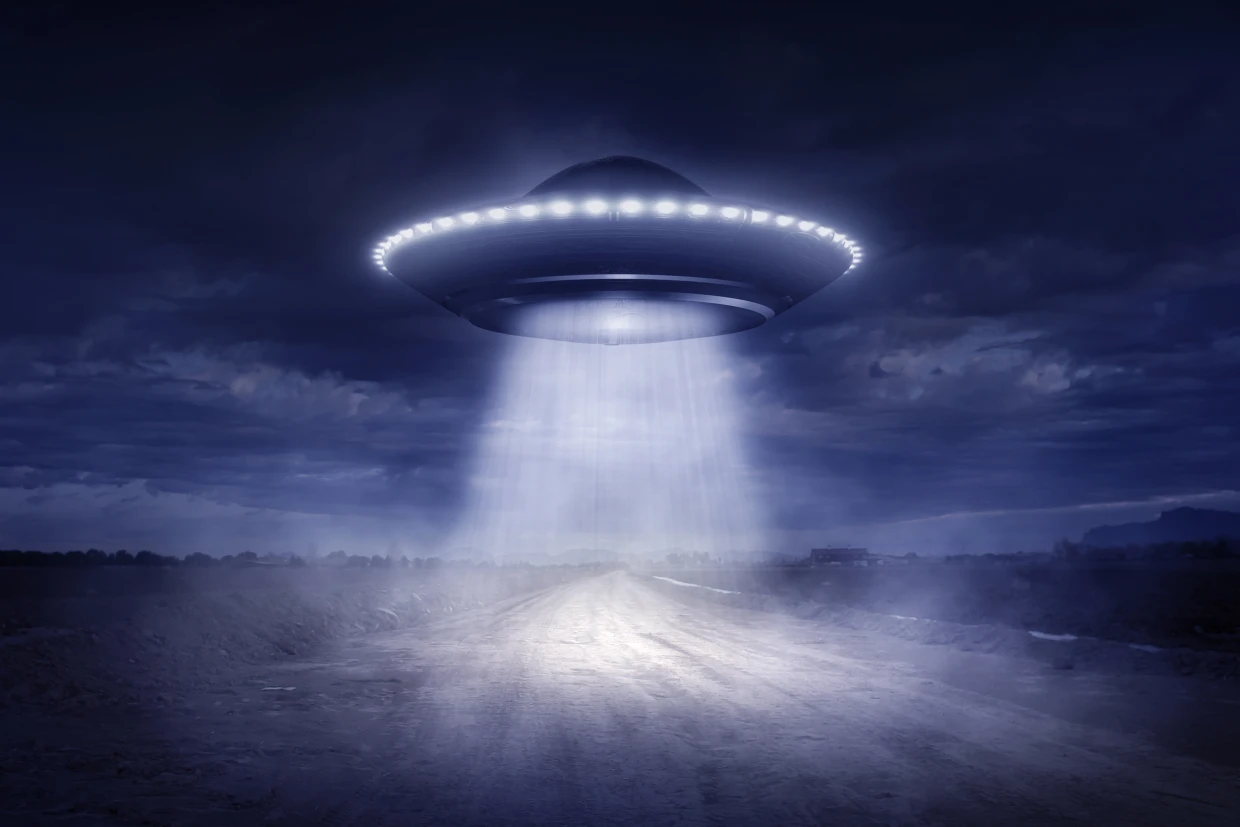

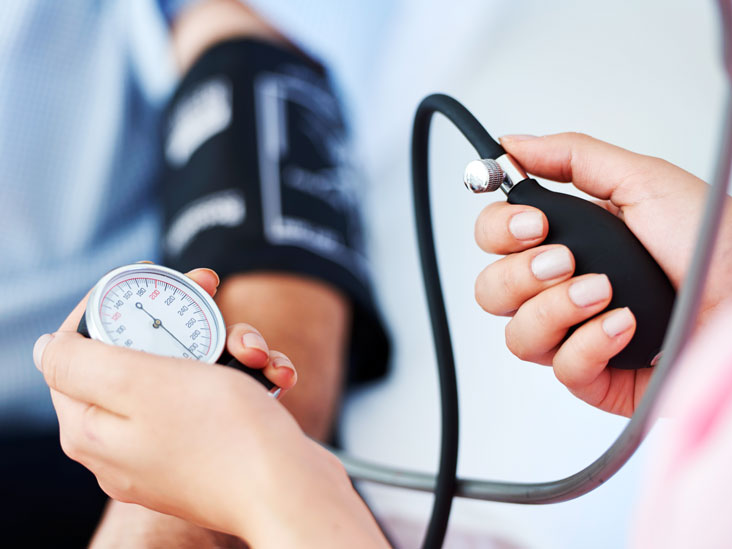
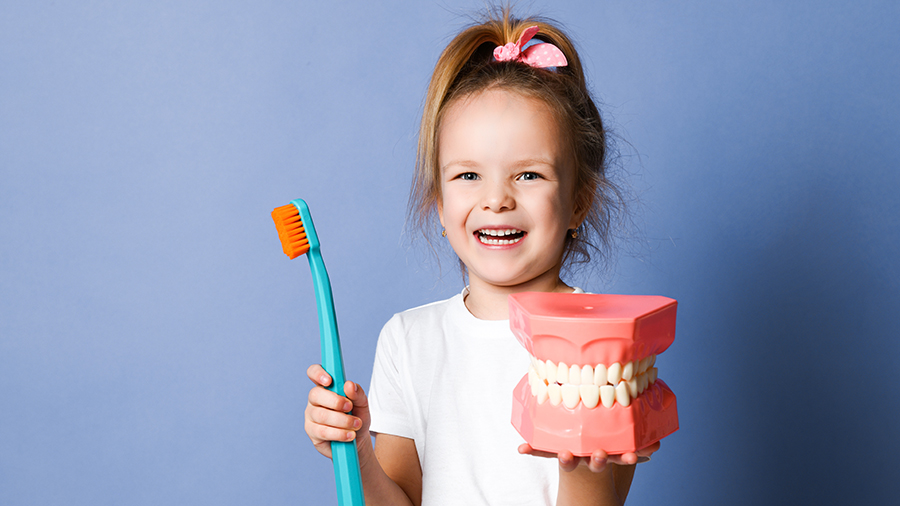
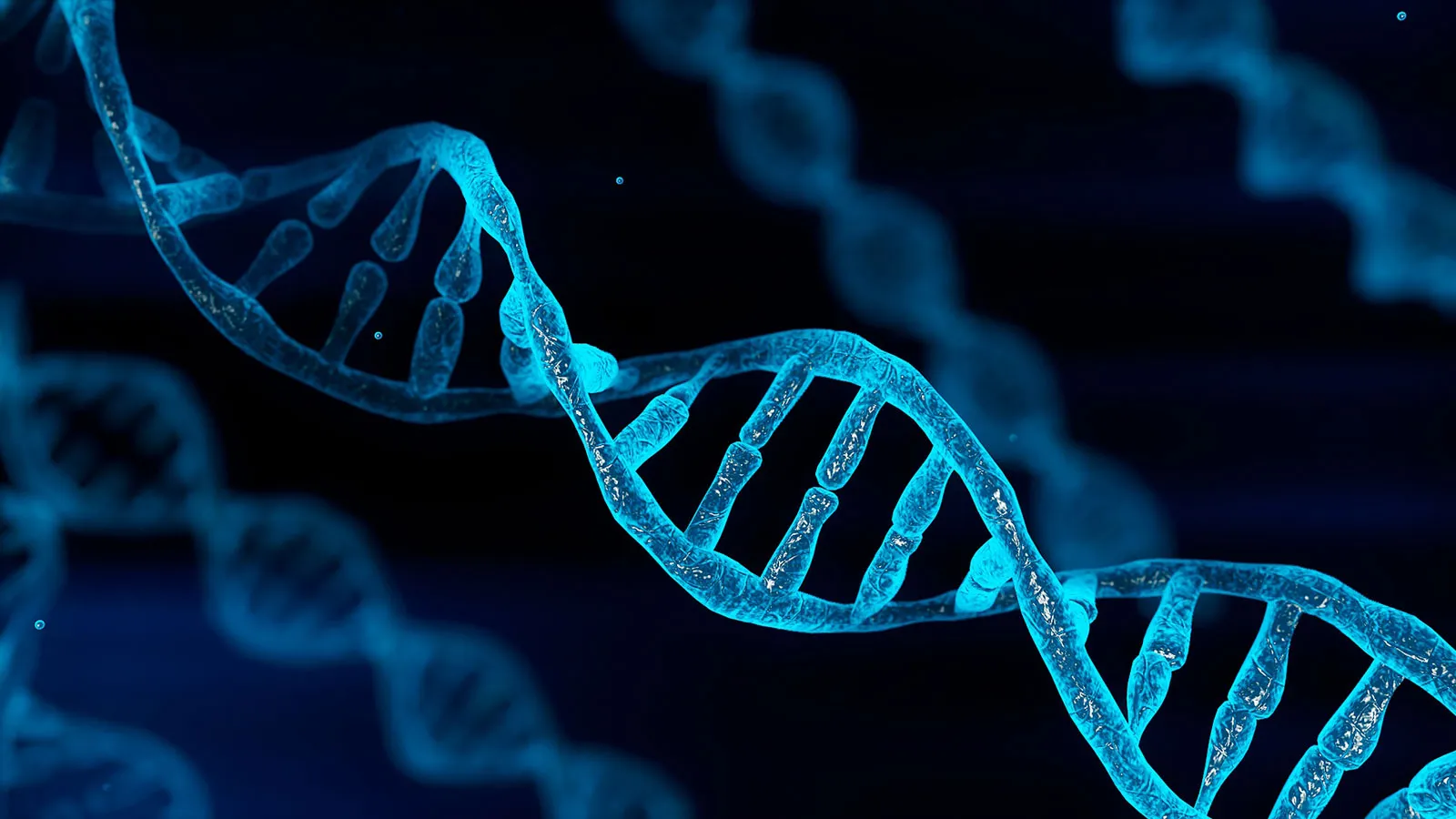

0 Comments